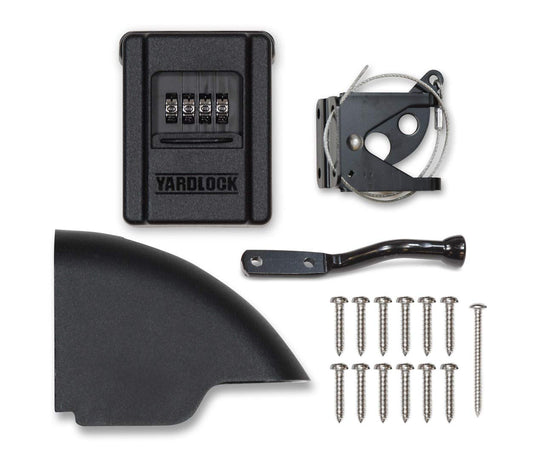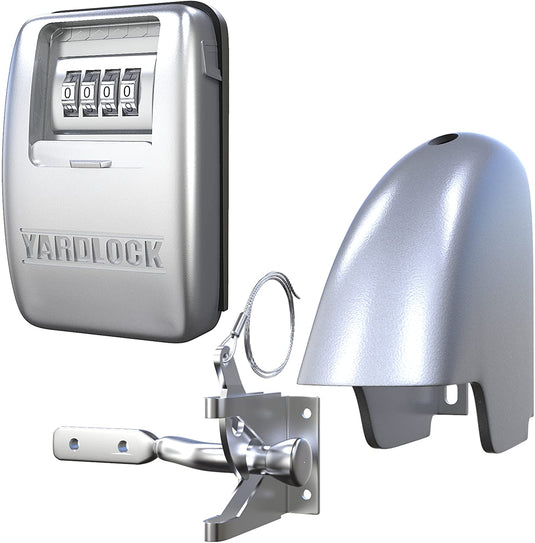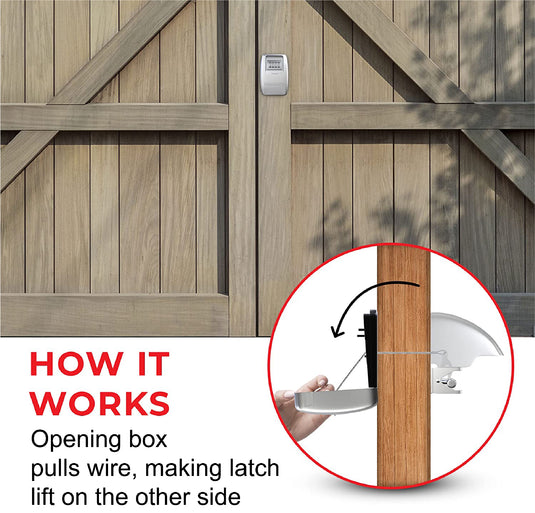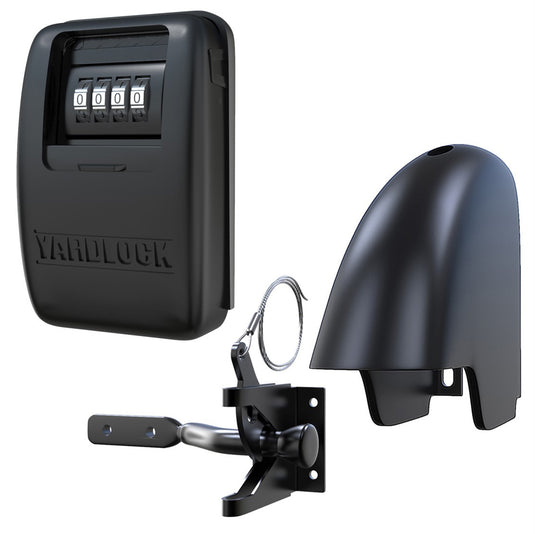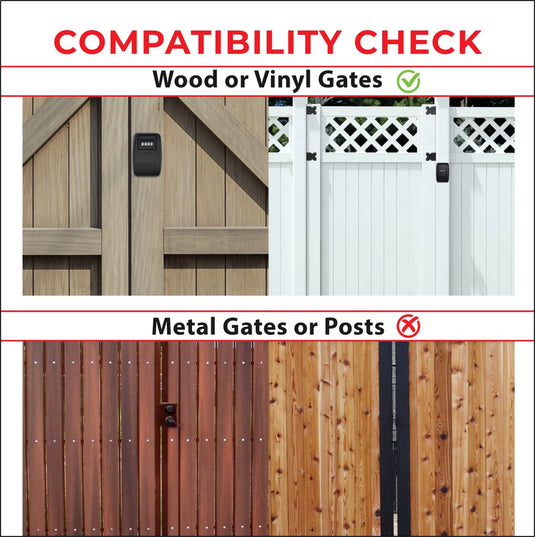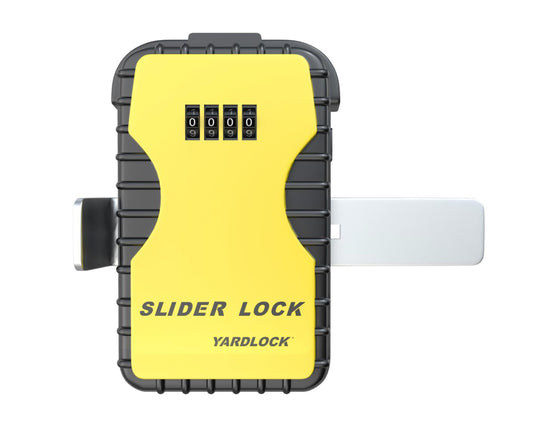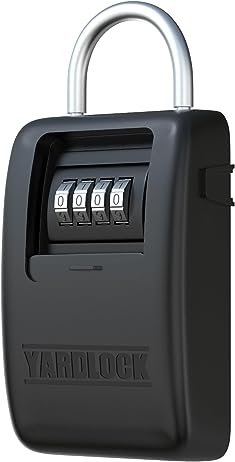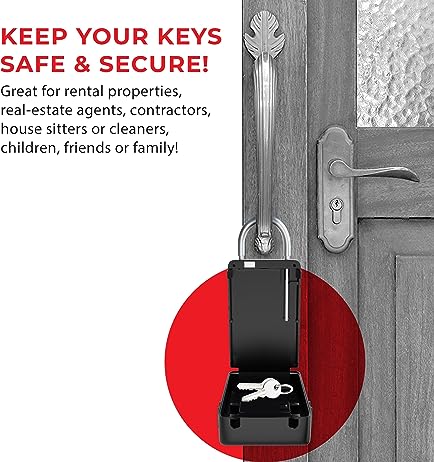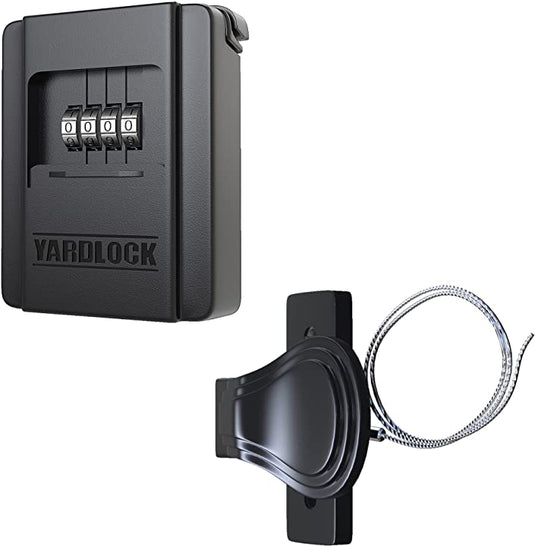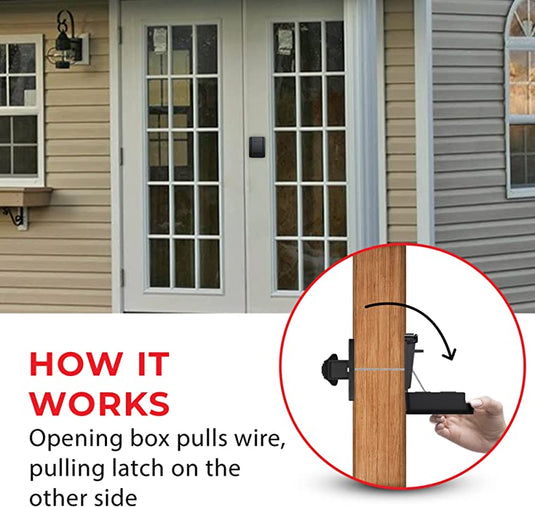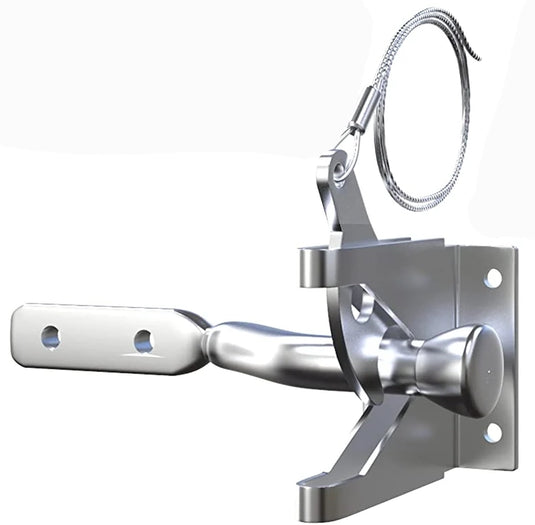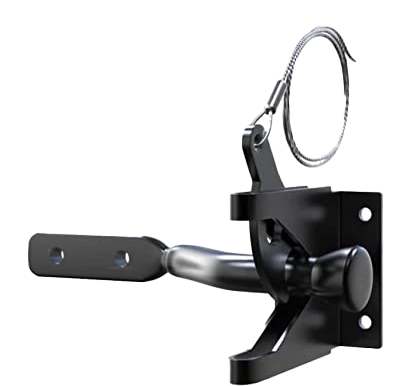5 Ways to Winter-Proof Your Gate with Keyless Locks That Work

Winter brings beauty with its snow-covered yards and crisp air, but it also brings frustration for homeowners trying to use outdoor gates. One of the most common cold-weather problems? Frozen locks.
If you’ve ever jiggled a key in an iced-over padlock or had your latch jam in the middle of a snowstorm, you know how inconvenient and unsafe it can be. That’s why more homeowners are switching to keyless mechanical gate locks—especially those built for harsh winter climates.
In this guide, we’ll show you how to winter-proof your gate, explain why keyless locks are a smarter choice, and provide a seasonal maintenance checklist to keep your lock performing smoothly all year.
Why Standard Locks Freeze in Cold Weather
Traditional locks fail in winter because of:
-
Moisture Inside the Lock – Rain, melted snow, or condensation seeps into tiny spaces inside a lock body.
-
Freezing Temperatures – When the temperature drops, trapped water turns to ice, blocking moving parts.
-
Metal Contraction – Extreme cold makes metal shrink slightly, causing mechanisms to stick or jam.
The result? A lock that simply won’t open when you need it most.
Why Keyless Locks Are Better for Winter
Unlike keyed padlocks or electronic locks, mechanical keyless locks are designed for reliability in all weather conditions.
Key Benefits in Winter:
-
No keys to freeze, bend, or break.
-
Battery-free: Works without electronics that can fail in sub-zero temperatures.
-
Weather-resistant: Covered mechanisms keep snow and moisture out.
-
Automatic locking: Latches engage when the gate closes, reducing exposure time.
With a keyless lock, you’ll never have to thaw a frozen keyhole again.
Best Keyless Options for Cold Climates
If you live in an area with long winters—think Canada, the Midwest, or the northern U.S.—you’ll want a gate lock specifically built for freezing conditions.
Standard Keyless Gate Lock
-
Great for mild climates.
-
Budget-friendly but may need seasonal lubrication.
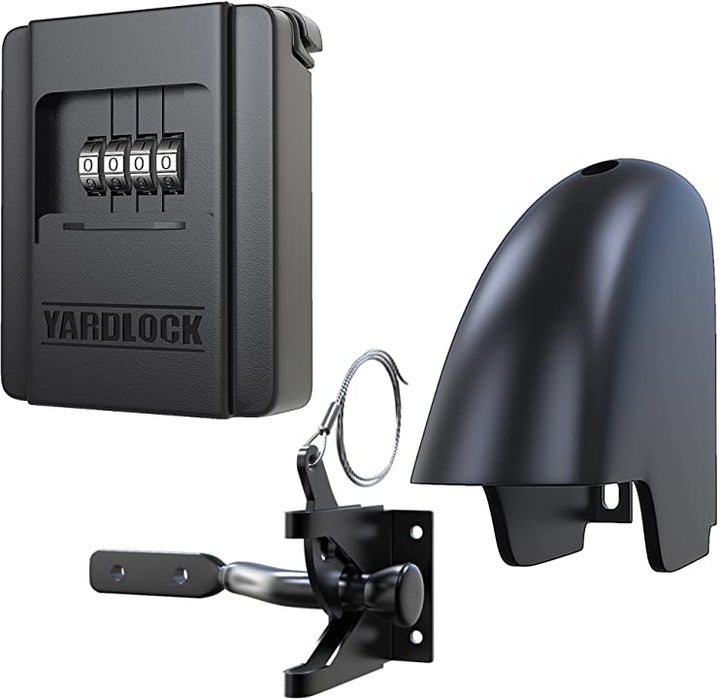
XLB (Extra Large Bracket)
-
Best for oversized posts and double gates.
-
Strong and reliable, but not as rust-proof as stainless steel.
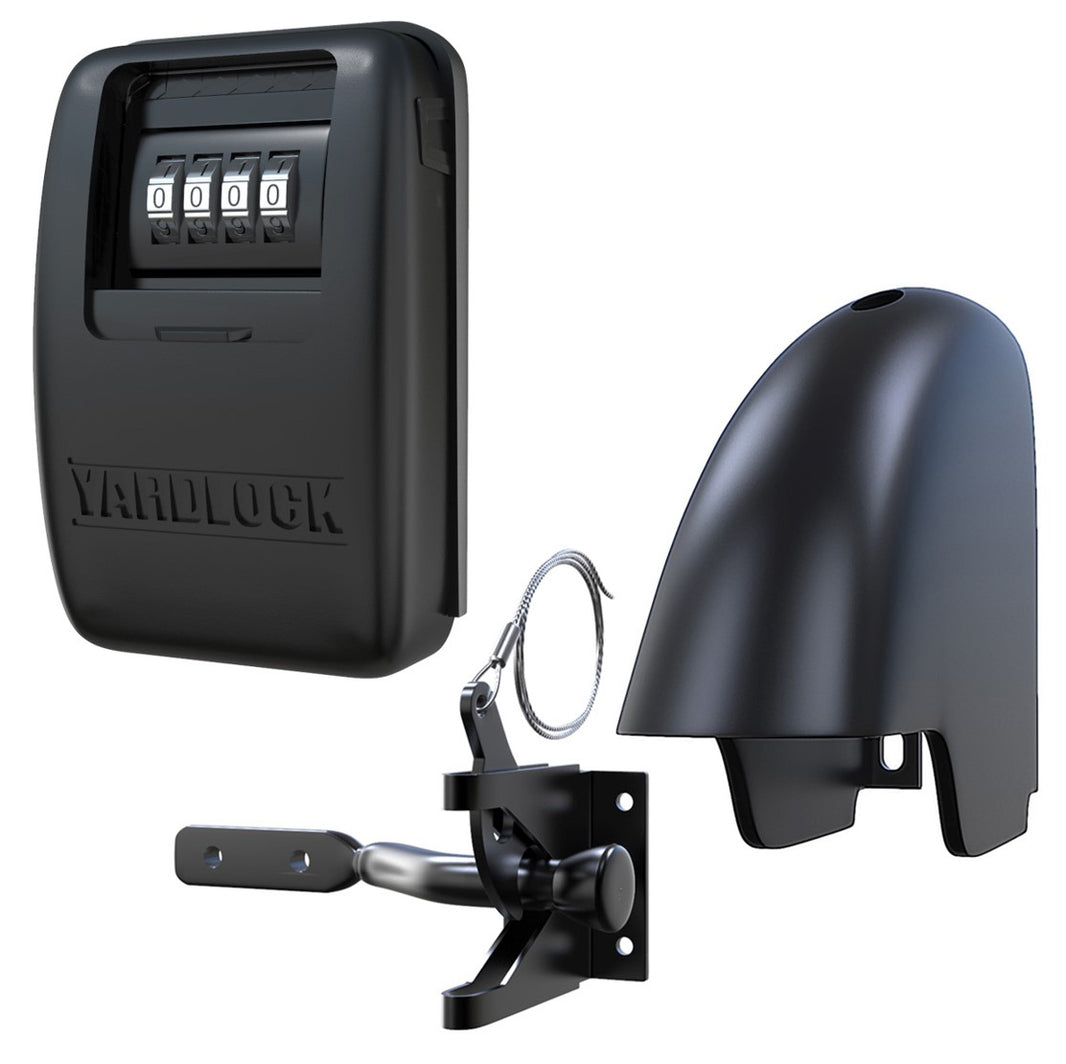
XLS Stainless Steel Model
-
The top choice for cold regions.
-
Stainless steel resists rust, road salt, and ice damage.
-
Low maintenance and long-lasting in snow-heavy climates.

Step-by-Step: Winter Maintenance Checklist for Gate Locks
Even the toughest outdoor locks benefit from regular care. Follow this 5-step checklist to keep your keyless lock in peak condition all winter.
Step 1: Clean Before Winter
-
Wipe away dirt, salt, and old lubricant.
-
Use mild soap and warm water—avoid harsh chemicals.
-
Dry completely to prevent hidden moisture.
Step 2: Lubricate Moving Parts
-
Use graphite powder or silicone-based spray.
-
Avoid oil-based lubricants—they thicken in cold.
-
Apply before winter and mid-season if needed.
Step 3: Inspect Gate Alignment
-
Cold weather can shift posts and hinges.
-
Make sure the gate swings smoothly and closes fully.
-
Tighten or adjust hinges if needed.
Step 4: Prevent Ice Buildup
-
Clear snow from around the gate after storms.
-
Don’t let ice pack near the latch.
-
If ice forms, melt it gently with warm water—not boiling.
Step 5: Mid-Winter Checkup
-
Test the lock every few weeks.
-
Reapply lubricant if movement feels stiff.
-
Wipe off salt buildup from roads or sidewalks.
DIY Tricks for Frozen Locks
If you’re stuck with a frozen lock:
-
De-icer spray or rubbing alcohol – Works fast on ice.
-
Hand warmer or hair dryer – Gentle heat loosens frozen parts.
-
WD-40 (emergency use only) – Helps temporarily but attracts dirt long term.
⚠️ Avoid boiling water—it may crack metal and worsen freezing once it re-ices.
Benefits of Winter-Proofing Your Gate
Switching to a keyless winter-ready lock means:
-
No more stuck gates on snowy mornings.
-
Consistent safety for children and pets.
-
Longer hardware life with less rust and corrosion.
Peace of mind knowing your backyard or pool is secure.
FAQs: Winter Gate Locks
Do keyless locks ever freeze?
They’re designed to resist freezing, but seasonal lubrication and cleaning ensure top performance.
Which model is best for snowy regions?
The XLS Stainless Steel Gate Lock is best for snowy or coastal regions thanks to its corrosion resistance.
Can I use these locks on vinyl or metal gates?
Yes. Keyless locks fit wood, vinyl, composite, and metal gates.
How often should I lubricate a gate lock in winter?
At least twice—once in late fall and once mid-winter.
Do battery-powered locks work in cold?
Not reliably. Mechanical keyless locks are much more dependable in sub-zero climates.
Frequently Asked Questions: Winter Gate Locks
Q: Do keyless locks ever freeze?
A: They’re designed to resist freezing, but seasonal lubrication and cleaning ensure top performance.
Q: Which model is best for snowy regions?
A: The XLS Stainless Steel Gate Lock is best for snowy or coastal regions thanks to its corrosion resistance.
Q: Can I use these locks on vinyl or metal gates?
A: Yes. Keyless locks fit wood, vinyl, composite, and metal gates.
Q: How often should I lubricate a gate lock in winter?
A: At least twice—once in late fall and once mid-winter.
Q: Do battery-powered locks work in cold?
A: Not reliably. Mechanical keyless locks are much more dependable in sub-zero climates.
Final Thoughts
Winter shouldn’t stop you from using your backyard gate. By installing a keyless lock designed for cold weather and following a simple maintenance checklist, you’ll enjoy worry-free access all season long.
If you live in a snowy, icy, or salty climate, the YARDLOCK XLS Stainless Steel model is your best bet for long-lasting, reliable performance.
Don’t waste another winter fighting with frozen padlocks—winter-proof your gate today.


